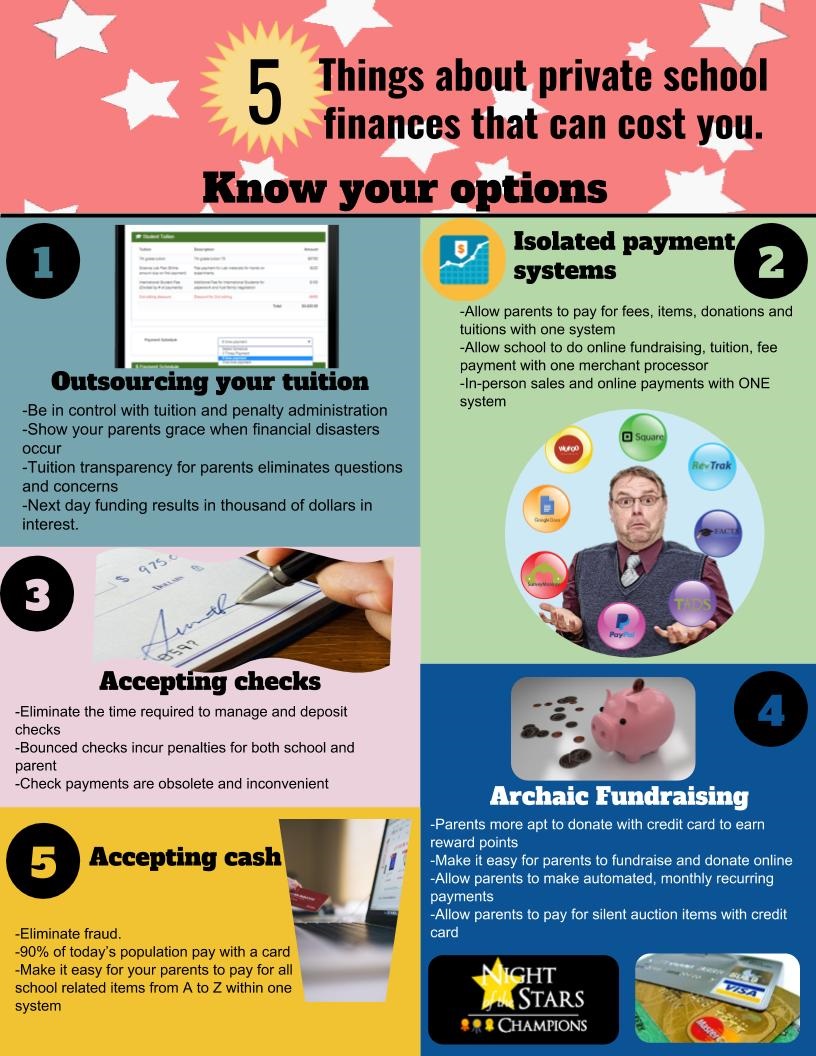8 HACKS TO INCREASE STUDENT ENROLLMENT & RETENTION
Hack #6
Reduce Barriers to Entry
With robust marketing activities in place, we are positioned to address the aspects of the enrollment operation that can deter prospective families and applicants. Hack #6 involves reducing the barriers to entry.
With robust marketing activities in place, we are positioned to address the aspects of the enrollment operation that can deter prospective families and applicants. Hack #6 involves reducing the barriers to entry.
With the explosion of charter schools, many private schools have experienced a decrease in applications and enrollment. For some parents, the mission, philosophy, and reputation of your private school is sufficient reason for sending their children to your school, but for many other parents, reservations can include: the cost of a private school education, qualifications of teachers, lack of resources, outside impressions, unflattering online presence, cumbersome application processes and outdated facilities or programs. So the question is how do private schools compete with this new rising “public charter school” alternative?
As we outlined in identifying your strengths and weaknesses, it was noted that one of the most important things private schools need to do is highlight strengths to demonstrate to prospective families that your school is right for them. Having a structure in place to directly discuss the needs of families is optimal but, what if families do not visit as a result of one of the reservations stated above? In this edition, we’ll provide some tangible ways to reduce some of the more common barriers to entry.
Professional Online Presence
In Hack #2:Know your Audience Part 1 - External Promotion we discussed the importance of knowing your audience and determining if your audience is able to find you. Expanding on this concept, once your audience is able to locate you, it is important that you present them with a mindful professional experience. Social media pages should strictly consist of postings relevant school activities and should reflect the spirit of your school community well. Most importantly, your website should communicate a professional presence. Beyond simple grammar and clarity, the online experience you guide visitors through should clearly and comfortably showcase items of interest including admissions procedures, tuition information, event calendars and staff/leadership listings. As people reach pages of interest, it is important to provided digital touchpoints to submit information or reach out for assistance. Too often, school websites go many years without significant updates or redesign and without modern tools, visitors are forced to receive information in fragments and often have to take extra, manual steps to receive responses or answers to questions. When evaluating your web site, imagine what an appealing journey would look like and work to apply those features to ensure an optimal visitor experience that promotes high value inquiries.
Perception of Exclusivity
A common perception of non-public schools is that they can often be elitist and unsympathetic to the needs of students/families that lack a high level of expendable income. While private schools correctly desire to be viewed as high quality and exceptional, the idea of being overly exclusive can overshadow the exceptionalism. As we laid out in Hack #3: Know your Audience Part 2 - Internal Promotion, to combat this misconception, it is important to communicate clearly through your marketing efforts that yours is an open, welcoming environment where all families are encouraged to participate.
Responsiveness
Building on the concept of professionalism and welcoming, as families inquire about your school either through digital means or via in-person events, it is essential to respond and follow up on their questions and needs in a timely manner. As parents evaluate the best schools for their children, they require a great deal of trust in the leadership and operation of the school. If school leaders are not timely in their responses, it is very easy for that poor impression to lead to disinterest in your school.

Streamlined, Secure Application Process.
The application process can be daunting for new families. . How is your application process from the parents’ perspective? Is your school asking parents to “jump through hoops” or complete manual paper work? This is an immediate red flag to parents. Hack #2, Understanding Your Audience characterized your “customer”. Old processes and forms for new generations of parents are regarded as archaic and unacceptable. Consider turnkey systems like K-12 online, infosnap and registration gateway to name a few, that not only do your applications and re-registrations online, but will also be able to handle all your forms, recommendations, tuition and other payments during the process. While there are costs to consider, streamlined processes, including the recommendation process, not only presents a professional online presence and conveys to the parent that your technology is state-of-the-art, but that you value your parents’ time and want to ensure that interaction with your school is managed as efficiently as possible. Studies have shown that parents prefer the convenience of online payment for fees, items and tuition and also prefer automated tuition processes. For a live example of how this can be achieved at your school, see K-12 Online’s sandbox site and test drive their “new student” application process.
Living your Mission Statement
Another common pain point that parents raise is the complexity of the tuition payment process. We often hear frustrations that it is difficult to know what parents are paying for, tuition charges are not transparent, or that the management company is insensitive to parents’ current circumstances when it comes to late payments. Contracting your tuition management out to a third party has its pros and cons. The benefit is it relieves the school of the collection process, being the “bad guy” and it is “free” to the school. By removing direct contact with the school office, some of the human element about your schools relationships with families can be negatively impacted. By prioritizing a more personal and compassionate approach, both families and schools benefit. Issues can be worked out quickly and efficiently, fulfilling the school’s mission of providing a caring environment.
By critically examining and employing remedies to potential barriers to entry, school leaders can greatly mitigate the risk resulting from poor process and presentation and ensure marketing and enrollment operations are producing the optimal return on effort.












